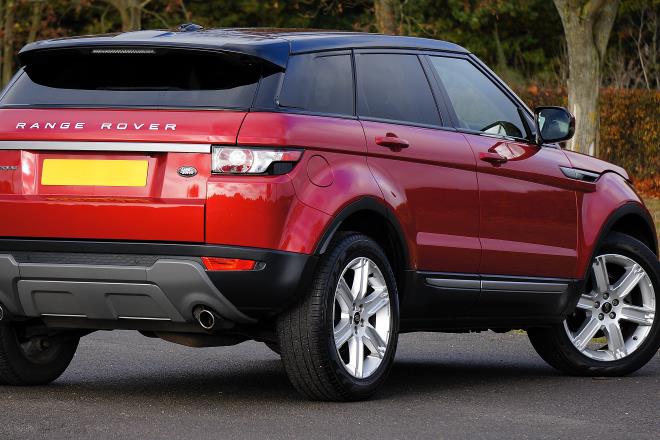Steering into the Future: The Intricate World of Steer-by-Wire Technology
Imagine navigating through a twisty mountain road, your car responding instantly to every slight turn of the wheel, providing an unparalleled driving experience. Welcome to the world of steer-by-wire technology, a system that could redefine how we interact with our vehicles.

The Genesis of Steer-by-Wire
The story of steer-by-wire technology begins in the aviation industry. The concept of removing the physical connection between the pilot’s controls and the aircraft’s movements, known as ‘fly-by-wire’, has been around since the 1950s. It wasn’t until the 21st century, however, that automotive engineers began seriously considering a similar approach for cars, replacing traditional mechanical steering systems with electronic ones.
The Mechanics of Steer-by-Wire
At its core, steer-by-wire operates by transmitting the driver’s steering inputs to an electronic control unit (ECU), which then relays instructions to electric motors that turn the car’s wheels. This shift from mechanical to electronic connections allows for much more precise steering, faster response times, and a significant reduction in vehicle weight.
The Current Landscape of Steer-by-Wire
Admittedly, steer-by-wire systems are still a relative novelty in the automotive world. However, several high-profile manufacturers, like Infiniti and Audi, have started introducing this technology in some of their models, signaling a potential industry shift. Although challenges persist, such as ensuring system reliability and overcoming regulatory hurdles, the future looks promising.
Impact and Future Prospects
The potential benefits of steer-by-wire are manifold. Not only can it enhance driver experience and vehicle performance, but it also opens the door to innovative vehicle designs, as the need for a mechanical steering linkage is eliminated. With ongoing advances in technology and increasing acceptance from regulatory bodies, steer-by-wire systems may soon become a common feature in our cars, steering us firmly into the future of automotive design.
Conclusion
Steer-by-wire technology is a prime example of how the automotive industry is continually adapting and innovating. While it may still be in its nascent stages, the potential it holds for transforming our driving experience is immense. By merging the lessons of the past with the possibilities of the future, we’re not just improving how our cars work - we’re redefining what they can be.




